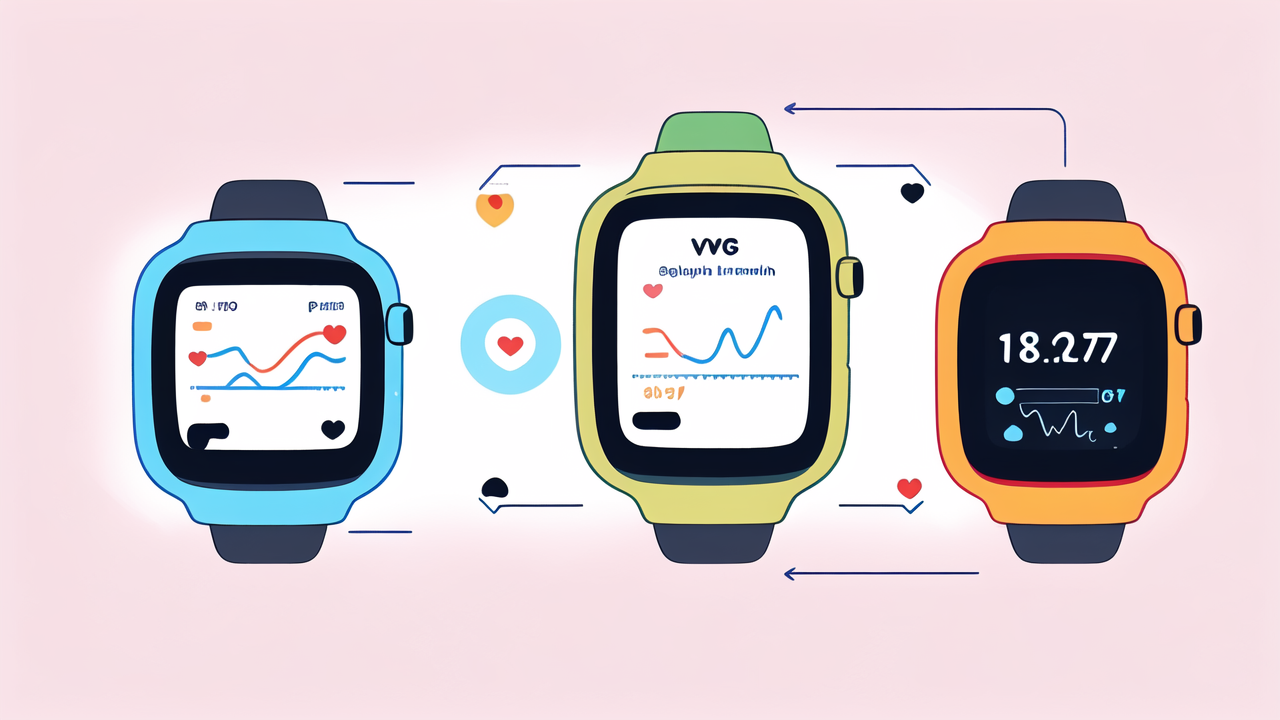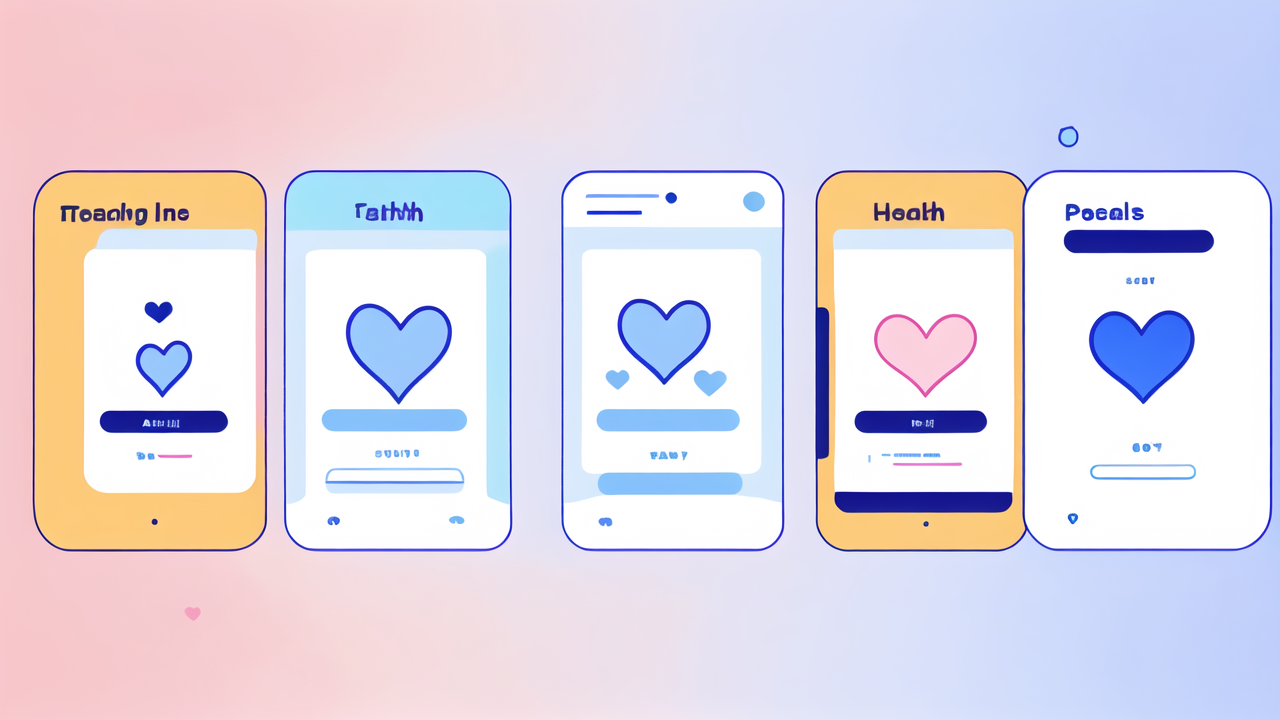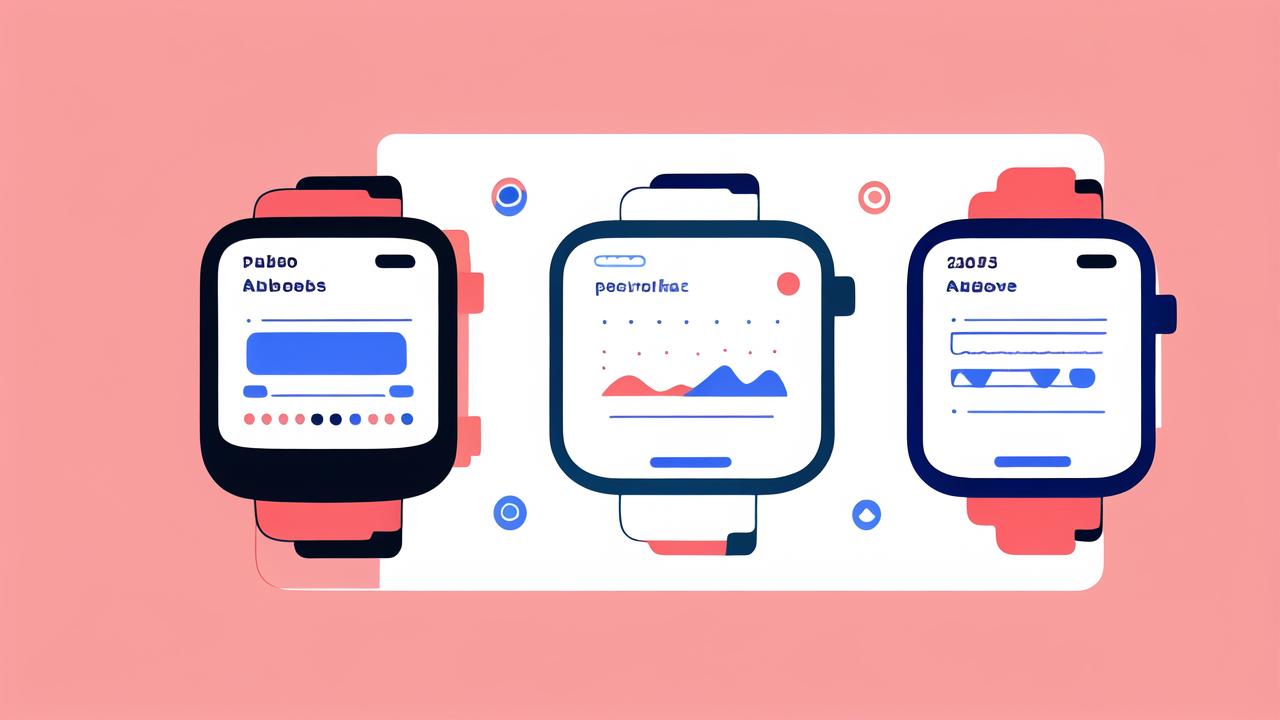Introduction to Body Measurement Tracking in Smartwatches
Understanding the Importance of Body Measurement Tracking
Smart watches have become essential tools for health-conscious individuals. They offer a way to track vital body measurements easily. These devices can monitor heart rate, sleep patterns, and activity levels.

Body measurement tracking is crucial for maintaining good health. It helps users understand their physical condition better. By tracking these metrics, people can make informed decisions about their lifestyle.
Smart watches provide real-time data on various health indicators. This information can motivate users to stay active and make healthier choices. It's like having a personal health coach on your wrist.
Comparing Smart Watches for Health and Wellness Features
When it comes to health features, not all smart watches are created equal. Some focus more on fitness tracking, while others excel in overall health monitoring.
Popular brands like Apple, Fitbit, and Garmin offer different strengths. Apple Watch is known for its comprehensive health features. Fitbit excels in sleep tracking. Garmin is popular among serious athletes.
To choose the best smart watch, consider your specific needs. Do you want detailed sleep analysis? Or are you more interested in tracking your workouts? The right choice depends on your health goals.
Key Features of Top Smart Watches for Body Measurement Tracking
Advanced Sensor Technology for Accurate Measurements
The best smart watches use cutting-edge sensors for precise measurements. These sensors can track various metrics with high accuracy.

Heart rate monitors use optical sensors to measure pulse. Some watches now include ECG capabilities for more detailed heart health data. Blood oxygen sensors are becoming common, offering insights into respiratory health.
Advanced accelerometers and gyroscopes track movement and activity levels. GPS chips provide accurate location data for outdoor activities. Some watches even offer skin temperature sensors for additional health insights.
Integrated Software and User Experience Considerations
The hardware is only part of the equation. Equally important is the software that interprets the data. Top smart watches offer user-friendly apps that present data in easy-to-understand formats.
These apps often provide personalized insights and recommendations. They can track trends over time, helping users see their progress. Some even offer coaching features to help users reach their health goals.
The user interface on the watch itself is also crucial. It should be easy to navigate and provide quick access to important data. The best watches strike a balance between functionality and simplicity.
Compatibility and Ecosystem: Ensuring Seamless Integration
A smart watch doesn't exist in isolation. It needs to work well with other devices and services. The best watches offer seamless integration with smartphones and health apps.
Apple Watch works perfectly with iPhones, offering deep integration with iOS. Android users have more options, with watches from Samsung, Fitbit, and others. Consider which ecosystem you're already invested in when choosing a watch.
Many watches can sync data with popular fitness apps like Strava or MyFitnessPal. This integration allows for a more comprehensive view of your health and fitness data.
Market Trends and Consumer Preferences in the United States
Analyzing Market Trends in Smart Watch Adoption
The smart watch market in the US has seen steady growth in recent years. More people are adopting these devices for health and fitness tracking.

Apple continues to dominate the market, with a significant share. However, competitors like Samsung and Fitbit are gaining ground. There's also a growing market for specialized fitness watches from brands like Garmin.
Price points vary widely, from budget-friendly options to high-end luxury watches. This range allows consumers to find a watch that fits their needs and budget.
Understanding Consumer Demand for Body Measurement Tracking
Consumers are increasingly interested in comprehensive health tracking. They want devices that can monitor multiple aspects of their well-being.
Heart rate tracking and step counting are now standard features. But users are looking for more advanced metrics. Sleep quality analysis, stress level monitoring, and even blood oxygen tracking are in high demand.
There's also growing interest in watches that can detect potential health issues. Features like irregular heartbeat notifications are becoming more popular.
The Future of Smart Watches in Health and Wellness
The future of smart watches looks promising, especially in health and wellness. We can expect to see even more advanced sensors and tracking capabilities.
Some companies are working on non-invasive blood glucose monitoring. This could be a game-changer for people with diabetes. Mental health tracking is another area of focus, with watches aiming to detect stress and anxiety.
Artificial intelligence will play a bigger role in interpreting health data. This could lead to more personalized health recommendations and early warning systems for potential issues.
As technology advances, smart watches may become essential tools for preventive healthcare. They could help detect health problems early, potentially saving lives.
In conclusion, the best smart watch for body measurement tracking depends on individual needs. Consider the features that matter most to you, your budget, and your existing tech ecosystem. With the rapid pace of innovation, the future of smart watches in health tracking looks bright and promising.




Leave a comment
This site is protected by hCaptcha and the hCaptcha Privacy Policy and Terms of Service apply.